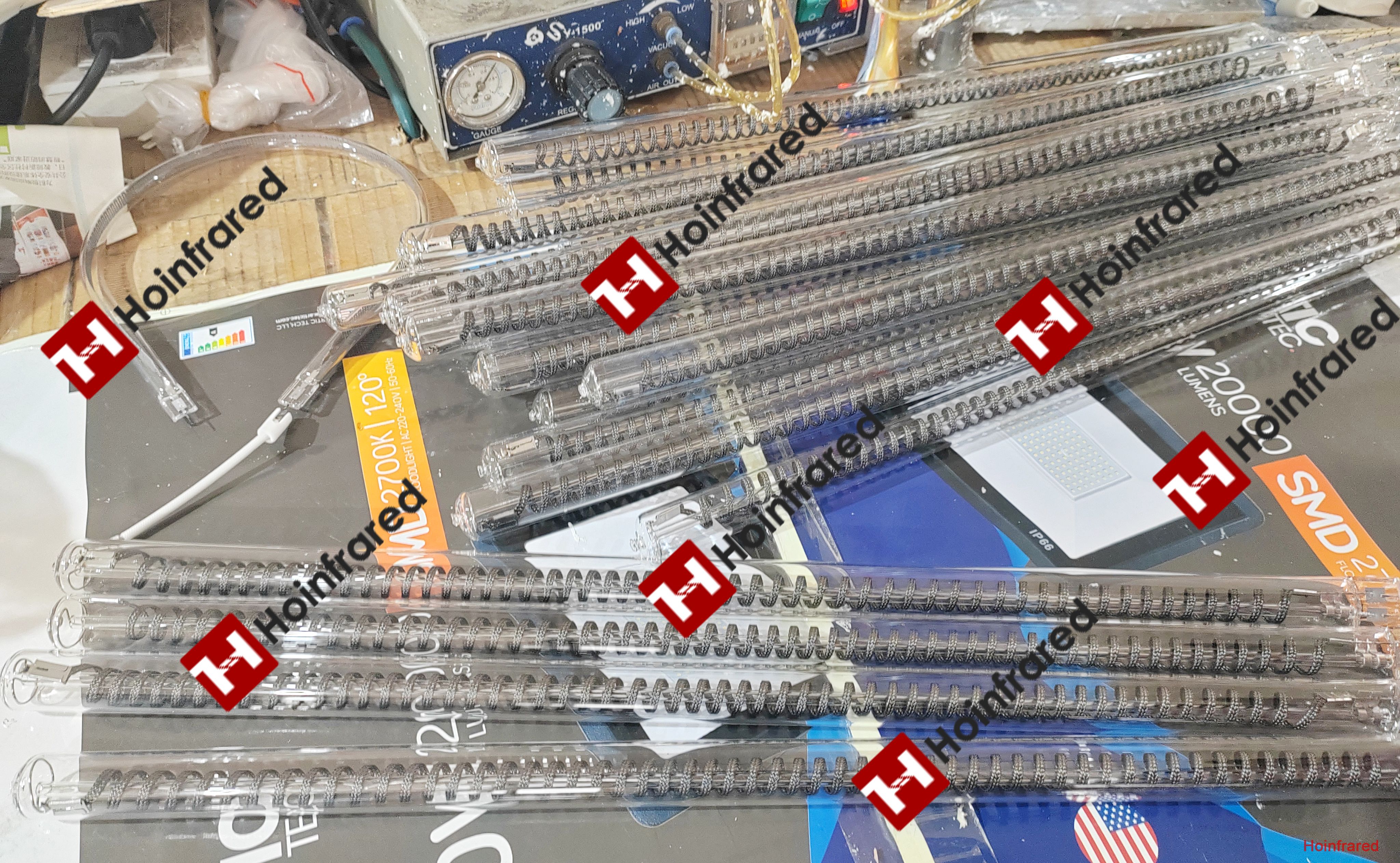
Laminated glass is a composite safety glass made by bonding two or more pieces of glass together with one or more layers of organic polymer interlayers (such as PVB, SGP, EVA, PU, etc.).
During the production process of laminated glass, there are mainly the following heating steps:
1. Before lamination, each lamination layer (glass-film-glass) needs to be preheated. After lamination, continuous heating is required to achieve the final bonding of the laminated glass. The glass and film need to be heated to reach an initial bonding state, reaching a certain heating temperature and ensuring that the temperature is adjustable and controllable. During this process, large-area glass needs to be continuously heated.
2. During the lamination process, it is necessary to ensure uniform heating of the glass, and the temperature difference on the glass surface should not exceed 5 degrees.
3. During the cutting process, the film in the glass interlayer, mainly PVB film, needs to be heated to score and cut the glass.
For the deep processing of laminated glass, the absorption rate of glass at an infrared wavelength of 2.4 µm is only about 25%, while the absorption efficiency of PVB film for infrared rays at this time reaches 90%, that is, at this time, energy can be efficiently absorbed by the film, and only a small part is absorbed by the glass. At this time, it is within the wavelength range of medium-wave infrared, so medium-wave infrared becomes the ideal wavelength for the application of laminated glass.
The revolutionary HS HeLeN lamps are based on HS'world-leading technology to meet the specific demands of zone heating and other applications that require l......
Gold-plated infrared heating lamp are made by vapor deposition of thin film materials outside the wall of the tube to be added in a vacuum environment through v......